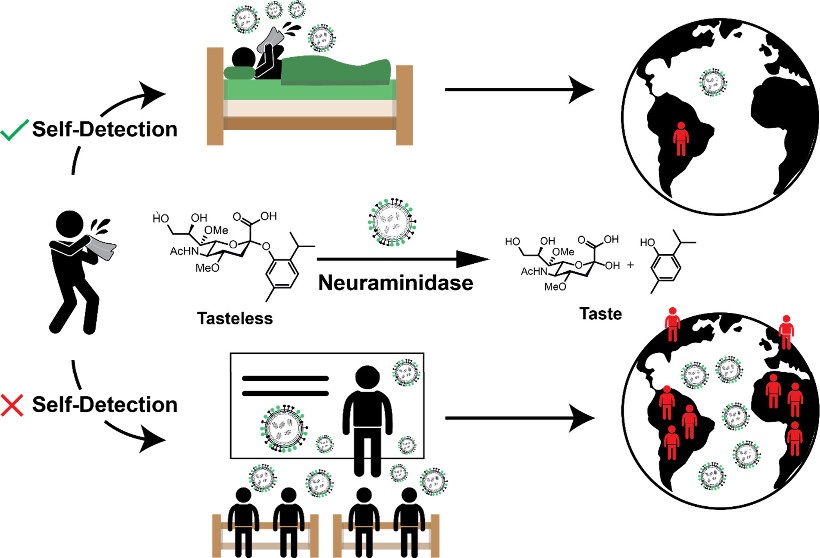Chlamydia in Testicular Tissue Linked to Male Infertility
|
By LabMedica International staff writers Posted on 26 Oct 2019 |
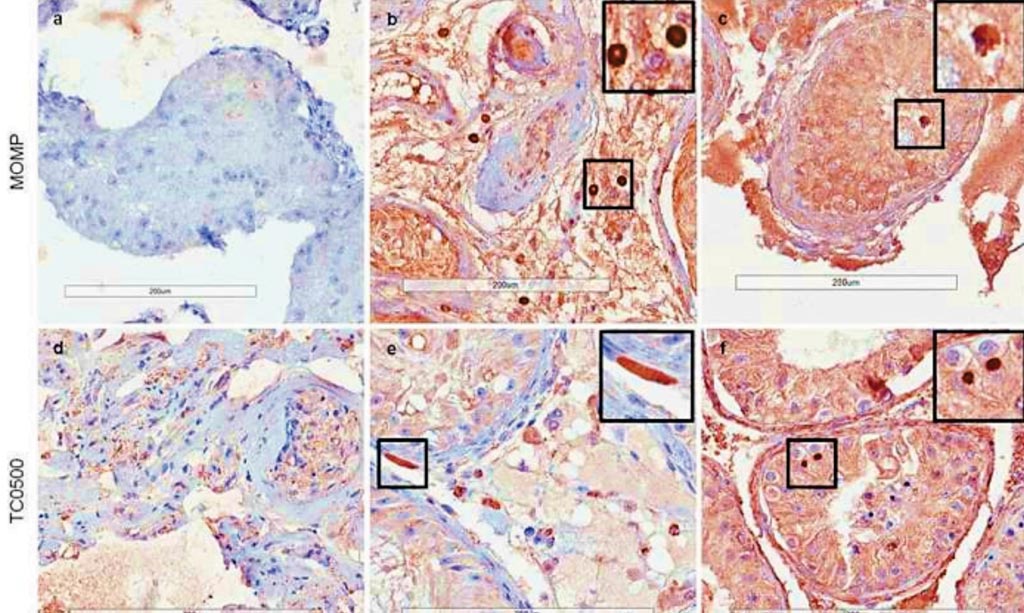
Image: The histological detection of chlamydia in human testicular biopsies (Photo courtesy of Queensland University of Technology).
Infectious diseases, such as mumps virus infection of the human testis, are known to play a role in spermatogenic dysfunction and have been associated with abnormal sperm parameters. Bacteria including Escherichia coli, mycoplasmas and Chlamydia trachomatis in human semen are also associated with abnormal sperm parameters.
The potential impact of undiagnosed sexually transmitted chlamydia infection on men's fertility has been highlighted in a study, which for the first time found chlamydia in the testicular tissue biopsies of infertile men whose infertility had no identified cause. Challenges in attributing male infertility to chlamydia infection include a wide diversity in diagnostic approaches.
Biomedical scientists at the Queensland University of Technology (Herston, Australia) collected 100 diagnostic (fixed) and 18 therapeutic (fresh) human testicular biopsies during sperm recovery procedures from moderately to severely infertile men in a cross-sectional approach to sampling. Two chlamydial markers were detected: the general marker major outer membrane protein (MOMP) and the active replication marker TC0500. Sections of 4 μm were dewaxed and rehydrated using a Leica ST5010-CV5030 Integrated Workstation.
The slides were processed and staining was validated using primary antibody only, secondary antibody only and DAB only controls. Stained slides were scanned using Leica Biosystems’ Aperio AT Turbo. QIAamp DNA FFPE Tissue Kit was used to extract DNA from fixed biopsies. C. trachomatis 16S rRNA DNA was detected using real-time polymerase chain reaction. Serum samples matched to fresh biopsies were assayed for C. trachomatis-specific antibodies.
The scientists reported that Chlamydia was found in 43/95 men (45.3 %) of fixed testicular biopsies, and all the men in this group had no defined cause of infertility. Chlamydia was also found in 3/18 men (16.7 %) of fresh testicular biopsies, obtained during patient sperm recovery procedures. These three men, and another 10 in the group, had no identified cause for their infertility. In 12 of the 18 men providing the fresh biopsies (66.7%) Chlamydia trachomatis-specific antibodies were found in serum, indicating the men had been exposed to the bacteria, but all were asymptomatic and said they had not been diagnosed with any sexually transmitted infection.
Kenneth W. Beagley, PhD, a Professor of Immunology and a senior author of the study said, “Chlamydia infection has been associated with women's infertility but much less is known about its impact on male infertility, particularly if men do not experience symptoms, which is estimated to be in about 50% of cases. When people have no symptoms they can unknowingly pass on the infection to sexual partners. This is the first reported evidence of Chlamydia infection in human testicular tissue, and while it can't be said that Chlamydia was the cause of the infertility of the men, it is a significant finding. It reveals a high rate of previously unrecognized Chlamydia infection and the potential role of infection in the failure of sperm to develop in the testes.” The study was published on October 4, 2019, in the journal Human Reproduction.
Related Links:
Queensland University of Technology
The potential impact of undiagnosed sexually transmitted chlamydia infection on men's fertility has been highlighted in a study, which for the first time found chlamydia in the testicular tissue biopsies of infertile men whose infertility had no identified cause. Challenges in attributing male infertility to chlamydia infection include a wide diversity in diagnostic approaches.
Biomedical scientists at the Queensland University of Technology (Herston, Australia) collected 100 diagnostic (fixed) and 18 therapeutic (fresh) human testicular biopsies during sperm recovery procedures from moderately to severely infertile men in a cross-sectional approach to sampling. Two chlamydial markers were detected: the general marker major outer membrane protein (MOMP) and the active replication marker TC0500. Sections of 4 μm were dewaxed and rehydrated using a Leica ST5010-CV5030 Integrated Workstation.
The slides were processed and staining was validated using primary antibody only, secondary antibody only and DAB only controls. Stained slides were scanned using Leica Biosystems’ Aperio AT Turbo. QIAamp DNA FFPE Tissue Kit was used to extract DNA from fixed biopsies. C. trachomatis 16S rRNA DNA was detected using real-time polymerase chain reaction. Serum samples matched to fresh biopsies were assayed for C. trachomatis-specific antibodies.
The scientists reported that Chlamydia was found in 43/95 men (45.3 %) of fixed testicular biopsies, and all the men in this group had no defined cause of infertility. Chlamydia was also found in 3/18 men (16.7 %) of fresh testicular biopsies, obtained during patient sperm recovery procedures. These three men, and another 10 in the group, had no identified cause for their infertility. In 12 of the 18 men providing the fresh biopsies (66.7%) Chlamydia trachomatis-specific antibodies were found in serum, indicating the men had been exposed to the bacteria, but all were asymptomatic and said they had not been diagnosed with any sexually transmitted infection.
Kenneth W. Beagley, PhD, a Professor of Immunology and a senior author of the study said, “Chlamydia infection has been associated with women's infertility but much less is known about its impact on male infertility, particularly if men do not experience symptoms, which is estimated to be in about 50% of cases. When people have no symptoms they can unknowingly pass on the infection to sexual partners. This is the first reported evidence of Chlamydia infection in human testicular tissue, and while it can't be said that Chlamydia was the cause of the infertility of the men, it is a significant finding. It reveals a high rate of previously unrecognized Chlamydia infection and the potential role of infection in the failure of sperm to develop in the testes.” The study was published on October 4, 2019, in the journal Human Reproduction.
Related Links:
Queensland University of Technology
Latest Microbiology News
- Fast Noninvasive Bedside Test Uses Sugar Fingerprint to Detect Fungal Infections
- Rapid Sepsis Diagnostic Device to Enable Personalized Critical Care for ICU Patients
- Microfluidic Platform Assesses Neutrophil Function in Sepsis Patients
- New Diagnostic Method Confirms Sepsis Infections Earlier
- New Markers Could Predict Risk of Severe Chlamydia Infection
- Portable Spectroscopy Rapidly and Noninvasively Detects Bacterial Species in Vaginal Fluid
- CRISPR-Based Saliva Test Detects Tuberculosis Directly from Sputum
- Urine-Based Assay Diagnoses Common Lung Infection in Immunocompromised People
- Saliva Test Detects Implant-Related Microbial Risks
- New Platform Leverages AI and Quantum Computing to Predict Salmonella Antimicrobial Resistance
- Early Detection of Gut Microbiota Metabolite Linked to Atherosclerosis Could Revolutionize Diagnosis
- Viral Load Tests Can Help Predict Mpox Severity
- Gut Microbiota Analysis Enables Early and Non-Invasive Detection of Gestational Diabetes
- Credit Card-Sized Test Boosts TB Detection in HIV Hotspots
- Fecal Metabolite Profiling Predicts Mortality in Critically Ill Patients
- Portable Molecular POC System Rules Out UTIs in Just 35 Minutes
Channels
Clinical Chemistry
view channel
VOCs Show Promise for Early Multi-Cancer Detection
Early cancer detection is critical to improving survival rates, but most current screening methods focus on individual cancer types and often involve invasive procedures. This makes it difficult to identify... Read more
Portable Raman Spectroscopy Offers Cost-Effective Kidney Disease Diagnosis at POC
Kidney disease is typically diagnosed through blood or urine tests, often when patients present with symptoms such as blood in urine, shortness of breath, or weight loss. While these tests are common,... Read moreMolecular Diagnostics
view channel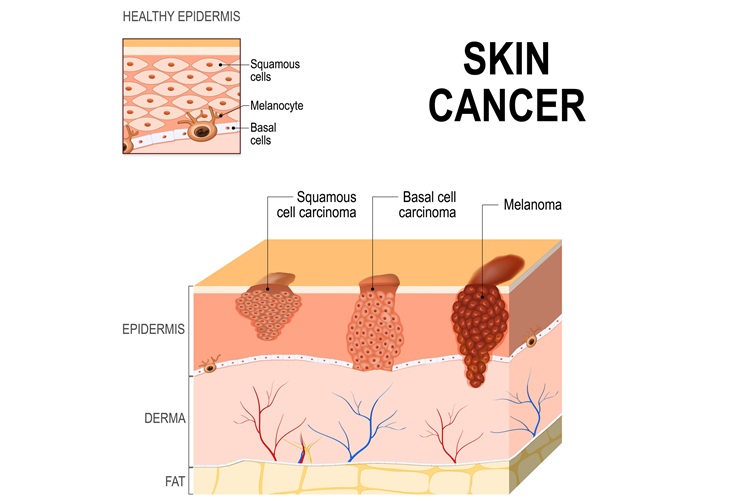
Genomic Test Could Reduce Lymph Node Biopsy Surgery in Melanoma Patients
Accurately determining whether melanoma has spread to the lymph nodes is crucial for guiding treatment decisions, yet the standard procedure—sentinel lymph node biopsy—remains invasive, costly, and unnecessary... Read more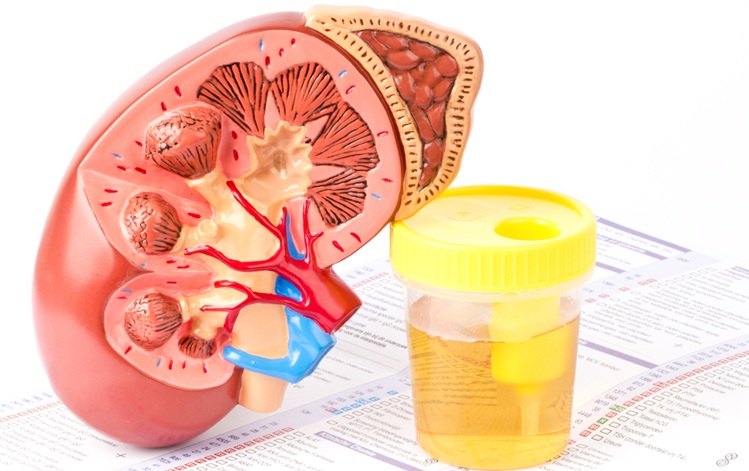
Urine Test Could Replace Painful Kidney Biopsies for Lupus Patients
Lupus is an autoimmune disorder that causes the immune system to attack the body’s own tissues and organs. Among the five million people living with lupus globally, nearly half develop lupus nephritis,... Read more
Blood Test Guides Post-Surgical Immunotherapy for Muscle-Invasive Bladder Cancer
After surgery for muscle-invasive bladder cancer, many patients face uncertainty about whether residual cancer cells remain in their bodies. Now, a new international phase 3 study has demonstrated that... Read more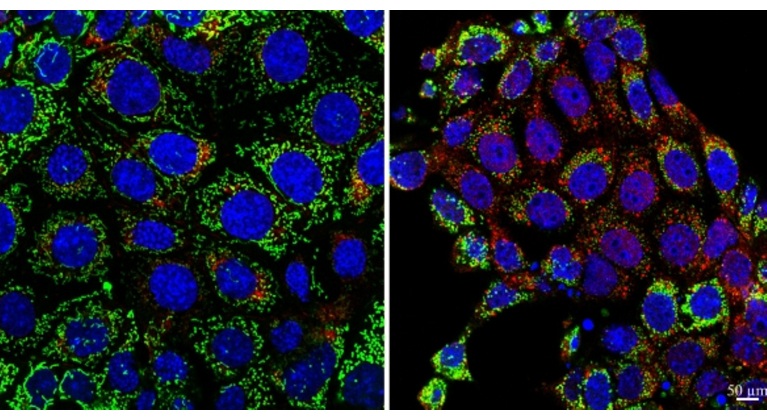
Mitochondrial DNA Mutations from Kidney Stressors Could Predict Future Organ Decline
Kidney-related diseases are alarmingly common: chronic kidney disease (CKD) affects more than one in seven U.S. adults, while about 20% of hospitalized adults are diagnosed with acute kidney injury (AKI).... Read moreHematology
view channel
Viscoelastic Testing Could Improve Treatment of Maternal Hemorrhage
Postpartum hemorrhage, severe bleeding after childbirth, remains one of the leading causes of maternal mortality worldwide, yet many of these deaths are preventable. Standard care can be hindered by delays... Read more
Pioneering Model Measures Radiation Exposure in Blood for Precise Cancer Treatments
Scientists have long focused on protecting organs near tumors during radiotherapy, but blood — a vital, circulating tissue — has largely been excluded from dose calculations. Each blood cell passing through... Read more
Platelets Could Improve Early and Minimally Invasive Detection of Cancer
Platelets are widely recognized for their role in blood clotting and scab formation, but they also play a crucial role in immune defense by detecting pathogens and recruiting immune cells.... Read more
Portable and Disposable Device Obtains Platelet-Rich Plasma Without Complex Equipment
Platelet-rich plasma (PRP) plays a crucial role in regenerative medicine due to its ability to accelerate healing and repair tissue. However, obtaining PRP traditionally requires expensive centrifugation... Read moreImmunology
view channel
Blood-Based Liquid Biopsy Model Analyzes Immunotherapy Effectiveness
Immunotherapy has revolutionized cancer care by harnessing the immune system to fight tumors, yet predicting who will benefit remains a major challenge. Many patients undergo costly and taxing treatment... Read more
Signature Genes Predict T-Cell Expansion in Cancer Immunotherapy
Modern cancer immunotherapies rely on the ability of CD8⁺ T cells to rapidly multiply within tumors, generating the immune force needed to eliminate cancer cells. However, the biological triggers behind... Read morePathology
view channel
Tears Offer Noninvasive Alternative for Diagnosing Neurodegenerative Diseases
Diagnosing and monitoring eye and neurodegenerative diseases often requires invasive procedures to access ocular fluids. Ocular fluids like aqueous humor and vitreous humor contain valuable molecular information... Read more
AI-Powered Method Combines Blood Data to Accurately Measure Biological Age
Chronological age tells us how many years we’ve lived, but not how quickly our bodies are ageing. Some people stay healthy well into their 80s or 90s, while others experience decline much earlier.... Read moreTechnology
view channel
Viral Biosensor Test Simultaneously Detects Hepatitis and HIV
Globally, over 300 million people live with Hepatitis B and C, and 40 million with HIV, according to WHO estimates. Diagnosing bloodborne viruses such as HIV and Hepatitis B and C remains challenging in... Read more
Acoustofluidic Device to Transform Point-Of-Care sEV-Based Diagnostics
Rapid and sensitive detection of small extracellular vesicles (sEVs)—key biomarkers in cancer and organ health monitoring—remains challenging due to the need for multiple preprocessing steps and bulky... Read moreIndustry
view channel
Advanced Instruments Merged Under Nova Biomedical Name
Advanced Instruments (Norwood, MA, USA) and Nova Biomedical (Waltham, MA, USA) are now officially doing business under a single, unified brand. This transformation is expected to deliver greater value... Read more


















